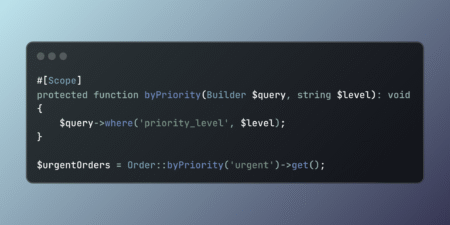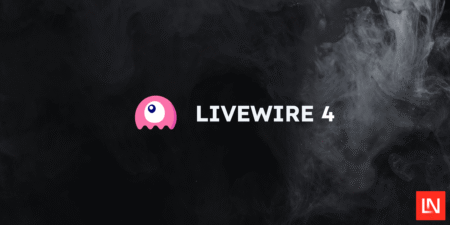Accessibility as Culture Change: How Agile Can Drive Systemic Inclusion
Welcome back, equity champions! In our journey so far, we’ve embedded accessibility into stories, sprints, personas, dashboards, and release cycles. But now we zoom out and ask the big question:
How does accessibility become not just something we do, but something we believe?
It begins when Agile values align with inclusive intent and create a culture where access is no longer an afterthought; it’s a norm.
Why Accessibility Needs Culture to Thrive
Tools can prompt awareness. Checklists can improve deliverables. But culture is what sustains inclusive design across time, turnover, and evolving priorities.
Without cultural alignment:
- Accessibility remains siloed with specialists
- Momentum fades after audits or compliance deadlines
- Teams revert to exclusionary defaults under pressure
With cultural commitment:
- Inclusion becomes part of team identity
- Accessibility is framed as innovation, not obstruction
- Everyone becomes accountable for equitable outcomes
Agile’s Core Values as Accessibility Accelerators
Agile isn’t just a workflow, it’s a belief system. And every value has inclusion baked in:
| Agile Principle | Accessibility Potential |
|---|---|
| Individuals and interactions over processes and tools | Centering lived experience over checklist compliance |
| Working software over comprehensive documentation | Prioritizing usable, perceivable, operable interfaces |
| Customer collaboration over contract negotiation | Co-creating with users of all abilities |
| Responding to change over following a plan | Adapting designs based on diverse feedback |
Accessibility is change-responsive, user-driven, and iterative. It’s Agile at its best.
How to Foster Accessibility Culture Within Agile Teams
Normalize Inclusive Language
- Refer to access needs naturally in daily standups
- Use phrases like “barrier,” “perceivable,” “operable,” “cognitive load”
- Avoid saying “special needs” or “edge case”, every user is valid
Make Learning Ongoing
- Create internal workshops or lunch-and-learns
- Encourage team-wide accessibility certifications
- Share updates on evolving guidelines (WCAG, EN 301 549, etc.)
Cultivate Psychological Safety
- Allow teammates to speak up when a design feels exclusionary
- Encourage accessibility champions (previous episodes) to lead without being siloed
- Make retros a place to explore inclusion openly
Celebrate Inclusive Wins
- Highlight stories that improved usability for underrepresented users
- Showcase accessibility metrics alongside speed and scope
- Invite feedback from diverse users and communities
Culture Is the System We Operate In
Agile gives us a framework. Accessibility gives us purpose. Together, they form a system of equity, where teams continuously reflect, refine, and rebuild with empathy at the center.
Accessibility as culture means:
- It’s not a task—it’s a value
- It’s not owned—it’s shared
- It’s not the end—it’s the beginning
Ask your team: What silent norms are shaping our work, and how can we evolve them toward inclusion?
Next in the series: Agile Leadership for Accessibility: Driving Systemic Change from the Top We’ll explore how team leads and execs can model accessibility, fund inclusive initiatives, and embed access in product vision.
Would you like to turn this episode into a keynote-style deck or create a team reflection worksheet to start the cultural shift? We’d be excited to help co-design that with you!
Source: Read MoreÂ




